30-second summary:
- App marketing is intensely competitive. There are limited channels to market your app but millions of apps to compete with. It’s important to maximize every opportunity.
- Like SEO, App Store Optimization involves keyword research and optimization. App developers have limited space for their keywords and much competition to face. Hence, precision is highly necessary.
- App ads on Facebook are unlike other types of ads. You need Facebook SDK, in addition to the ads manager, to properly track app downloads and engagement.
- Rewards should turn your app users into customers. When done right, incentives can generate social proof and viral loops.
- There is ASO but there’s also app SEO. Content formats such as blogs, podcasts, and newsletters can make your app website/landing page gain higher rankings on search engines.
Your app is competing for visibility with 1.82 million other apps if it’s on Apple’s App Store, or 2.7 million apps if it’s on Google’s Play Store. That’s tremendous competition.
Marketing your app almost seems a lost cause. But while making your app stand out is indeed a daunting undertaking, it is possible, as long as you apply the right strategies.
Effective app marketing involves identifying key types of channels for discovery and engagement (app stores, social media, search engines, and in the app itself) and targeting your audience.
1. App store optimization/landing page optimization
Newcomers make up only 8% of apps listed on the App and Play store top charts, going by Adjust’s App Trends 2020 Report. Considering that the app store is your app’s main chance, by far, at organic discovery, it need not be said that your App Store Optimization (ASO) must be on point.
ASO is to apps what SEO is to websites. And both have their similarities, especially in the on-page/off-page strategy dichotomy. And like SEO, ASO begins with improving visibility.
The first tip to achieve this is to use an attractive name and logo. Those two are the first things users see when they find your app. But before then, you have to make sure people can find it, right? And not just anyone – the right people, your target audience.
When optimizing your app store listing, what factors must you consider, keeping in mind that app indexing differs between stores?
- App Name/Title: feature relevant keywords to enable the app store algorithm to properly identify and categorize your app. You have 50 characters for this on Play Store while Apple’s App Store also includes a subtitle, for keywords that don’t fit the main title.
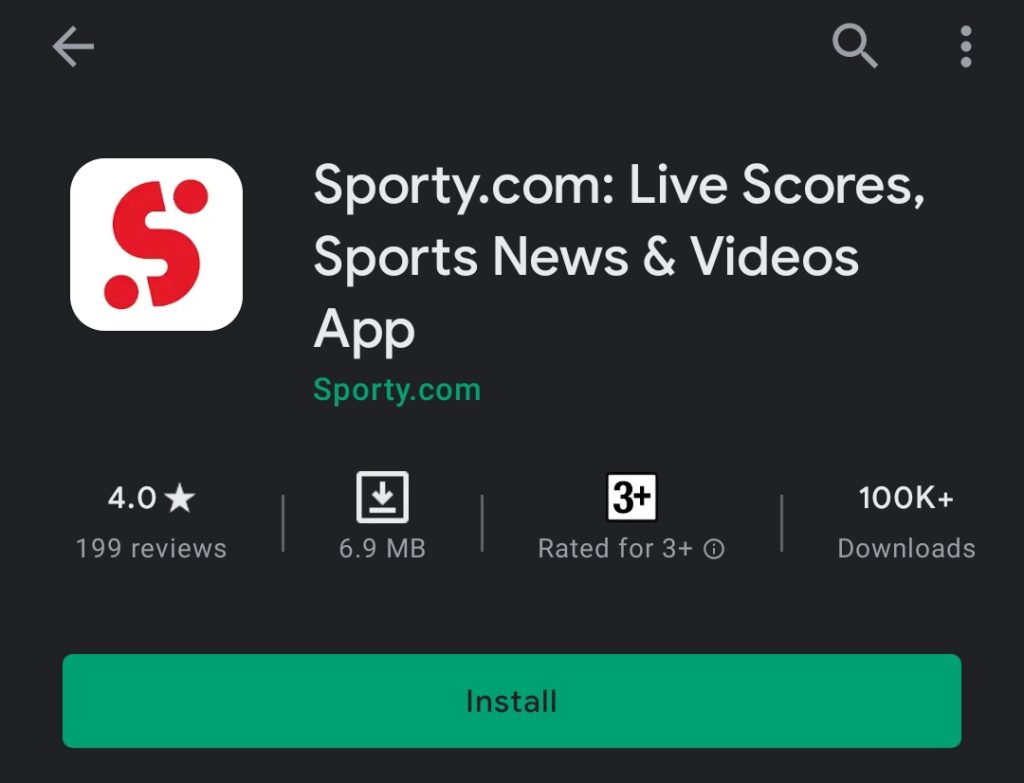
- Apple, unlike Google, allows developers to input specific keywords in a private field on its App Store. For Google, you have a short description field (80 characters) and a long description page (4000 characters) which are both public.
- Include keywords that are relevant to your app and which accurately describe its features, functionalities, and benefits.
That is as much as you can influence your app’s rankings. Other factors, beyond your direct influence, include reviews and ratings, download and uninstall rates, app updates, etc.
2. Facebook ads strategy
ASO has its place and you can’t rely on app stores entirely for app discovery. Not if you’re not a big-name brand. Your marketing strategy should tilt more towards the paid, discussed below. As Christian Eckhardt of Customlytics says,
“The likelihood of a user going to a store to browse or discover new apps has declined significantly, compared to the early days of the stores.”
By creating a page on Facebook for your app, you can run ads with custom call-to-actions to gain publicity for your app and increase downloads. Facebook Ad Manager allows you to set an objective for your app: whether you are targeting app installs or app engagement (traffic). Facebook Ads offer a competitive ROI with an average cost-per-install rate of $1.8, compared to Twitter’s $2.53 and Instagram’s $2.23.
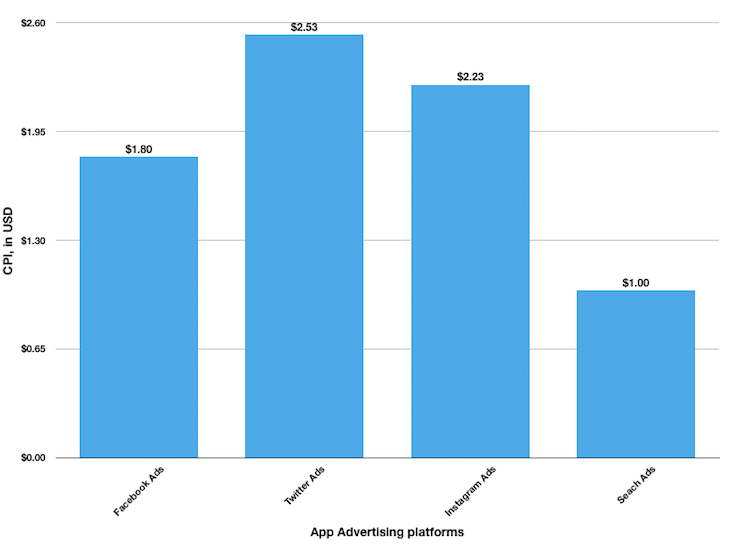
To run ads for your Facebook app,
- First, set up Facebook SDK. This is necessary to optimize your app for mobile ads, though you can still run ads for unregistered apps using the app store URL.
- Continue setup in the Ads Manager, where you select your target audience, budget, bid, creative format, and other options.
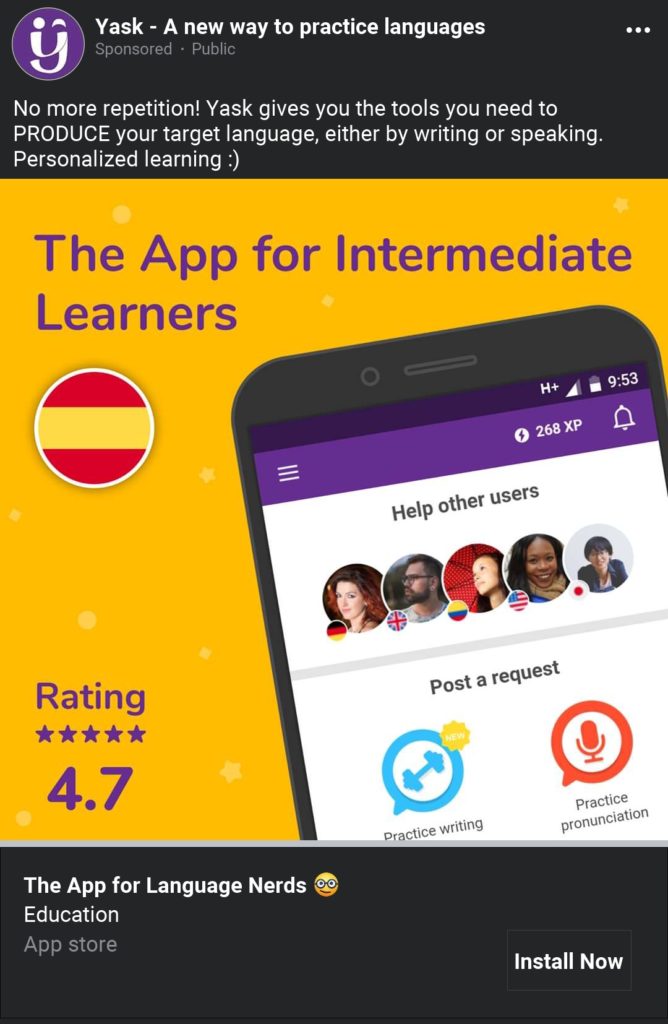
- Finally, continually measure your ad performance, track engagement data, and gain analytics insights using Facebook SDK and within the Ad manager.
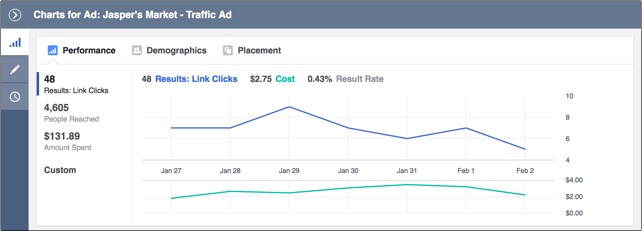
3. Use a rewards system
This is a strategy that helps you to convert your app users into marketers. Of course, this assumes that you have an app that delivers value to its users. The next step would be to incentivize app engagement.
In-app rewards that can facilitate engagement include unlockable customization options, discounts, push notifications, in-app currency (points, coins, etc.), vouchers, and other freebies Many apps (especially games) already feature these. But here, motivation is important. What kind of behavior does/should the reward system encourage?
- Retention
- Publicity
- Reviews
Beyond app retention, your in-app incentives should encourage actions that publicize your app. For instance, you can offer a discount or some other benefit to people who share the app or refer users (using referral codes). We know this works since old research by Google showed that people find new apps through friends and family than by any other means. Likewise, incentivize app users to rate and write reviews of your app on the store. Apart from promoting the goodwill of an app, positive reviews drive up app store optimization rankings, increasing the visibility of your app.
But app retention is important too. Only 32% of users would return to an app at least eleven times, a six-point reduction from last year’s rate. And app stores consider high uninstall rates as signs of a low-quality app. Such an app would get lower rankings and may even be removed from the store eventually. Incentives keep people using the app and create viral loops.
4. Content marketing strategy
Search engines are a great place to gain publicity for your app. Think about it. Someone hears how great your app is and immediately searches the name, only to find scanty or no relevant results at all. You need a creative and consistent content marketing strategy to convert search engine users.
You can use a blog to highlight the benefits of your app, inform users of updates, and teach them how to maximize the features of the app. If businesses that blog gain 126% more leads than those that don’t, why not apps? The popular investing app Robinhood’s marketing strategy features a blog where they teach people the basics of investing and finance.
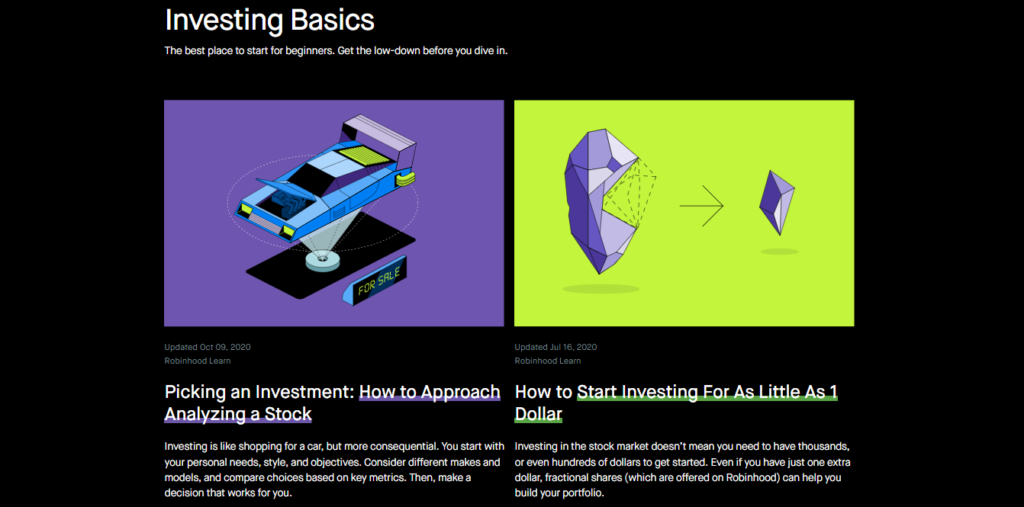
But there is more to blogging than just posting articles. You need to research keywords to find the ones that will help you convert the most. That’s what enables search engines to effectively rank your blog posts.
In addition, content marketing is not limited to blogging. You may also take advantage of newsletters, podcasts, and YouTube videos, as Robinhood does. Called ‘Robinhood Snacks’, it delivers a daily newsletter with financial news to subscribers (irrespective of whether they use the app or not) and breaks down business stories via podcasts as well.

Content marketing is broader though. You also need backlinks to rank. And that means getting your app featured on ‘top apps’ listings, external reviews, guest article mentions, all of which should contain backlinks to your landing page. Of course, it need not be mentioned anymore that you need a highly-engaging landing page with a clear call-to-action that takes visitors to the app’s store page.
A simple content marketing checklist for app optimization will look like the following:
- Research ideas that are related to your app and relevant to your audience.
- Craft topics from these ideas and develop engaging content around them.
- Use mediums that your audience uses the most. For instance, podcasts are a great idea if you are targeting millennials.
- Feel free to repurpose content. Your blog post can be repurposed into a YouTube video. You can transcribe a podcast interview and convert it into an article, etc.
- Always include a call-to-action
Conclusion
If you implement the strategies discussed above, you can rest assured of steady app growth. However, the most important factor is that the app is indeed valuable. The best apps are those that advertise themselves. But virality does not happen overnight. Its the result of the consistent application of the right strategies.
Guy Sheetrit is the CEO of Over The Top SEO, an award-winning marketing agency that provides customized SEO marketing solutions for ecommerce, local, and Fortune 500 companies. He can be found on Twitter @guysheetrit.
The post Four marketing strategies to increase app store downloads and engagement appeared first on Search Engine Watch.



